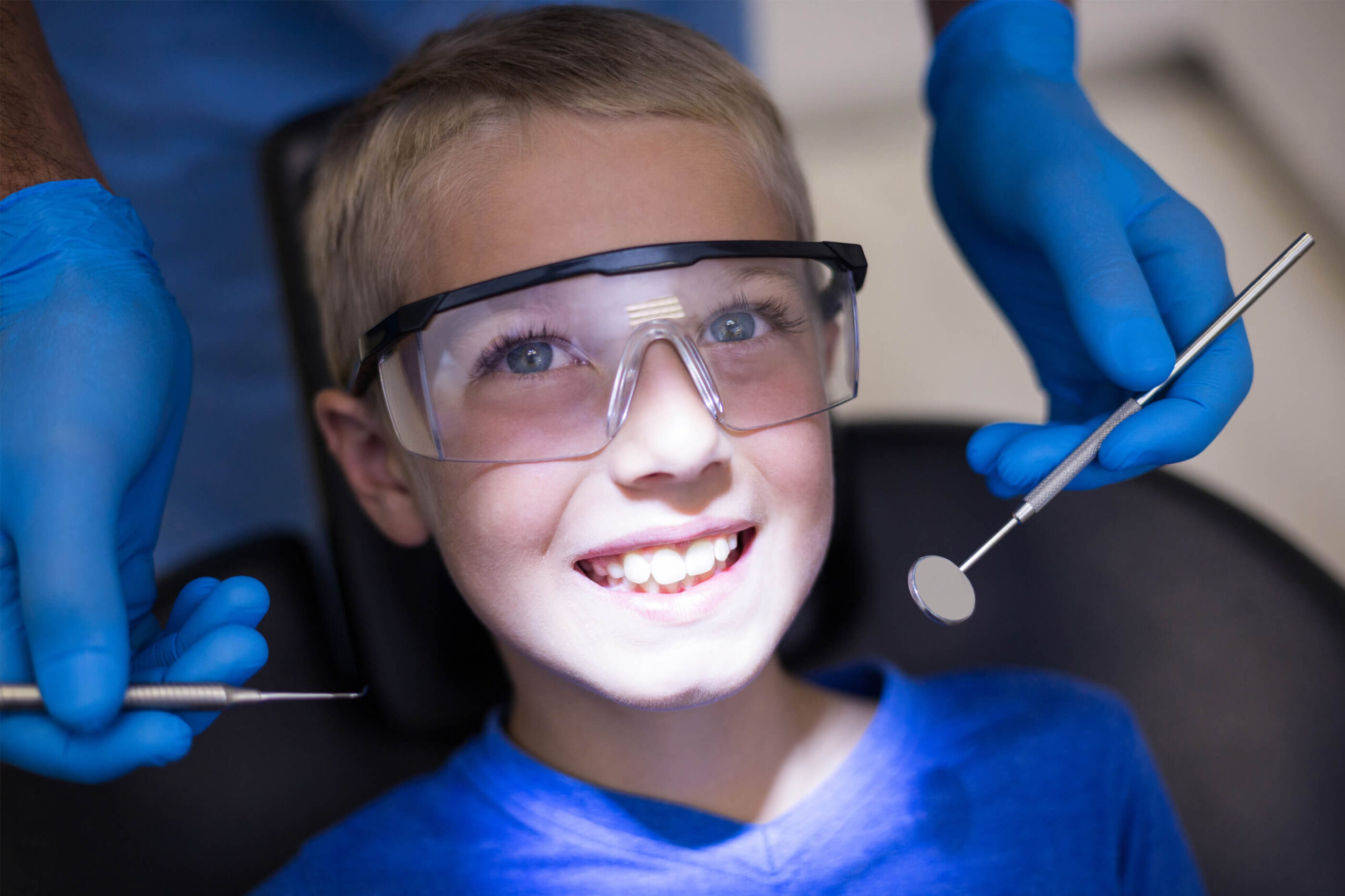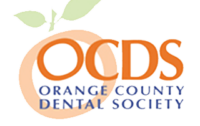
According to AAPD (American Academy of Pediatric Dentistry) guidelines, infants should initially visit the pediatric dentist around the time of their first birthday. First visits can be stressful for parents, especially for parents who have dental phobias themselves.
It is imperative for parents to continually communicate positive messages about dental visits (especially the first one), and to help the child feel as happy as possible about visiting the dentist.
How Can I Prepare For My Child’s First Dental Visit?
Pediatric dentists are required to undergo extensive training in child psychology. Their dental offices are generally colorful, child-friendly, and boast a selection of games, toys, and educational tools. Pediatric dentists (and all dental staff) aim to make the child feel as welcome as possible during all visits.
There are several things parents can do to make the first visit enjoyable. Some helpful tips are listed below:
Take Another Adult Along For The Visit – Sometimes infants become fussy when having their mouths examined. Having another adult along to soothe the infant allows the parent to ask questions and to attend to any advice the dentist may have.
Leave Other Children at Home – Other children can distract the parent and cause the infant to fuss. Leaving other children at home (when possible) makes the first visit less stressful for all concerned.
Avoid Threatening Language – Pediatric dentists and staff are trained to avoid the use of threatening language like “drills,” “needles,” “injections,” and “bleeding.” It is imperative for parents to use positive language when speaking about dental treatment with their child.
Provide Positive Explanations – It is important to explain the purposes of the dental visit in a positive way. Explaining that the dentist “helps keep teeth healthy” is far better than explaining that the dentist “is checking for tooth decay and might have to drill the tooth if decay is found.”
Explain What Will Happen – Anxiety can be vastly reduced if the child knows what to expect. Age-appropriate books about visiting the dentist can be very helpful in making the visit seem fun. Here is a list of parent and dentist-approved books:
What Will Happen During The First Visit?
There are several goals for the first dental visit. First, the pediatric dentist and the child need to get properly acquainted. Second, the dentist needs to monitor tooth and jaw development to get an idea of the child’s overall health history. Third, the dentist needs to evaluate the health of the existing teeth and gums. Finally, the dentist aims to answer questions and advise parents on how to implement a good oral care regimen.
The following sequence of events is typical of an initial “well baby checkup”:
If you have questions or concerns about your child’s first dental visit, please contact our office.

According to AAPD (American Academy of Pediatric Dentistry) guidelines, infants should initially visit the pediatric dentist around the time of their first birthday. First visits can be stressful for parents, especially for parents who have dental phobias themselves.
It is imperative for parents to continually communicate positive messages about dental visits (especially the first one), and to help the child feel as happy as possible about visiting the dentist.
How Can I Prepare For My Child’s First Dental Visit?
Pediatric dentists are required to undergo extensive training in child psychology. Their dental offices are generally colorful, child-friendly, and boast a selection of games, toys, and educational tools. Pediatric dentists (and all dental staff) aim to make the child feel as welcome as possible during all visits.
There are several things parents can do to make the first visit enjoyable. Some helpful tips are listed below:
Take Another Adult Along For The Visit – Sometimes infants become fussy when having their mouths examined. Having another adult along to soothe the infant allows the parent to ask questions and to attend to any advice the dentist may have.
Leave Other Children at Home – Other children can distract the parent and cause the infant to fuss. Leaving other children at home (when possible) makes the first visit less stressful for all concerned.
Avoid Threatening Language – Pediatric dentists and staff are trained to avoid the use of threatening language like “drills,” “needles,” “injections,” and “bleeding.” It is imperative for parents to use positive language when speaking about dental treatment with their child.
Provide Positive Explanations – It is important to explain the purposes of the dental visit in a positive way. Explaining that the dentist “helps keep teeth healthy” is far better than explaining that the dentist “is checking for tooth decay and might have to drill the tooth if decay is found.”
Explain What Will Happen – Anxiety can be vastly reduced if the child knows what to expect. Age-appropriate books about visiting the dentist can be very helpful in making the visit seem fun. Here is a list of parent and dentist-approved books:
What Will Happen During The First Visit?
There are several goals for the first dental visit. First, the pediatric dentist and the child need to get properly acquainted. Second, the dentist needs to monitor tooth and jaw development to get an idea of the child’s overall health history. Third, the dentist needs to evaluate the health of the existing teeth and gums. Finally, the dentist aims to answer questions and advise parents on how to implement a good oral care regimen.
The following sequence of events is typical of an initial “well baby checkup”:
If you have questions or concerns about your child’s first dental visit, please contact our office.

Dr. Jangaard went on to attend USC both for an undergraduate degree in Biochemistry and a Doctorate of Dental Surgery (D.D.S.).





